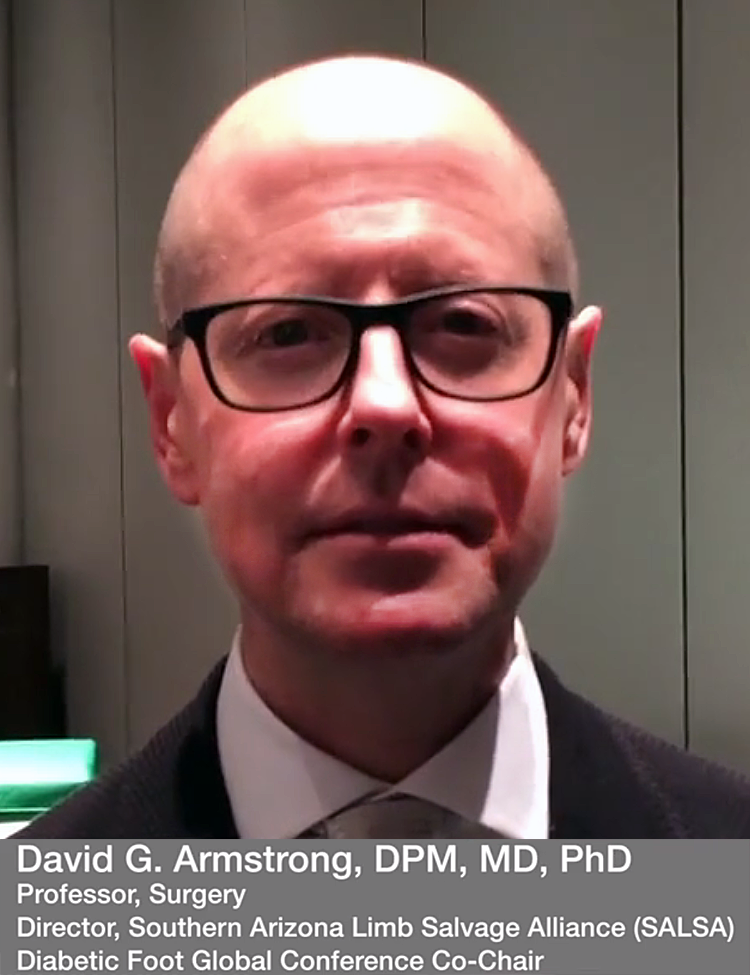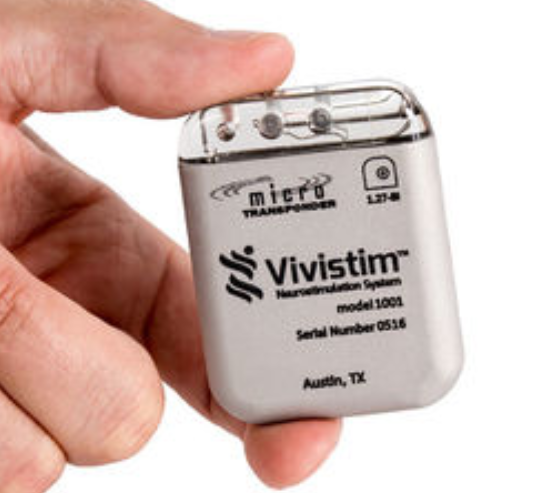India spoke loud and clear with extreme pricing caps on total knee replacements, while CMS sends mixed messages on controlling costs in the US
 Outside the US the Total Joints Market softened during Q217, offsetting stable to strengthening results in US Knees and Hips, with the WW Market (as reported) growing +0.7%. Countries such as India are working to reduce the cost burden of joint replacement surgery, while in the US, the Centers for Medicaid & Medicare Services (CMS) is sending mixed messages keeping reimbursement rates relatively flat while proposing reductions to its Comprehensive Care for Joint Replacement bundled payments initiative...
Outside the US the Total Joints Market softened during Q217, offsetting stable to strengthening results in US Knees and Hips, with the WW Market (as reported) growing +0.7%. Countries such as India are working to reduce the cost burden of joint replacement surgery, while in the US, the Centers for Medicaid & Medicare Services (CMS) is sending mixed messages keeping reimbursement rates relatively flat while proposing reductions to its Comprehensive Care for Joint Replacement bundled payments initiative...
However, CMS’s proposed coverage of hip and knee replacement procedures in an outpatient setting could be its move to control costs through a more open market. In contrast, India’s price capping seeks to control costs through strict regulation of maximum retail price for knee replacements.
CMS Holding the Line on Reimbursement but Loosening Grip on Bundled Payments
- At the end of Q2, CMS reduced 2018 DRG inpatient reimbursement rates overall for hip and knee replacement by -0.2% on average compared to 2017.
- Relatively flat adjustments to reimbursement shouldn’t dampen market growth or escalate pricing pressure.
- Recent proposals by CMS to allow for outpatient total joint surgery could be signs of government move to market-based cost control.
Cost Controls in India Could Limit Patient Access
- As reported in SmartTRAK’s Analysis of India’s cap on knee pricing , India has enacted a new maximum retail price list for total knee replacements essentially cutting pricing by up to as much as 78%.
- This strong arm move by the government to control costs diminishes the country as a promising emerging market for recon manufacturers and potentially limits patient access to higher end implants as Company’s choose not to make certain brands available.
- While eyes are on India waiting to see if this latest cost containment move is successful, it’s unlikely other countries will follow suit or that this tactic will gain hold in the US in the near term. So far, India’s price capping orders in other areas such as cardiology have been ineffectual in reducing cost while preserving or improving patient access.






